Six key factors for cold storage racking installation
1. Ventilation System
A well-designed ventilation system keeps the warehouse air fresh and prevents odor buildup. Strategically placed vents and exhaust fans ensure proper air circulation throughout the facility. Exhaust fans should operate on a regular schedule to remove stale air and bring in fresh air. For example, in a cold storage warehouse for fruits, good ventilation reduces the risk of spoilage caused by oxygen depletion and ethylene gas buildup.
2. Shelving Design
Shelving materials must withstand low temperatures—stainless steel or high-quality steel are ideal choices. The layout should optimize workflow, making it easy to move goods in and out. Shelves should be customized based on product type and storage needs. For instance:
- Large frozen meats: Wider shelf spacing for easy access.
- Small frozen items: Multi-tiered shelves with compact compartments to maximize space efficiency.
3. Lighting System
Use low-temperature-compatible lighting, such as energy-efficient, long-lasting LED fixtures. Ensure even brightness across all work areas so staff can clearly see products and their surroundings. Install zone-controlled switches to adjust lighting as needed, reducing unnecessary energy use.
4. Fire Safety Design
- Install an automatic fire alarm system for early hazard detection.
- Equip the warehouse with CO₂ fire extinguishers, ideal for electrical-heavy cold storage environments.
- Use non-combustible or flame-retardant materials for walls and shelving to slow fire spread.
5. Waterproofing Design
- Apply waterproof membranes on the roof and seal walls with waterproof coatings to prevent leaks.
- Slope the floor slightly and install drainage grates to quickly remove water in case of spills or leaks, protecting stored goods.
6. Pest Control Design
- Install fine-mesh insect screens on doors and windows to keep pests out.
- Place rodent traps (like bait stations or glue boards) in corners, and seal all gaps to prevent mice from entering—they can damage packaging and contaminate products.
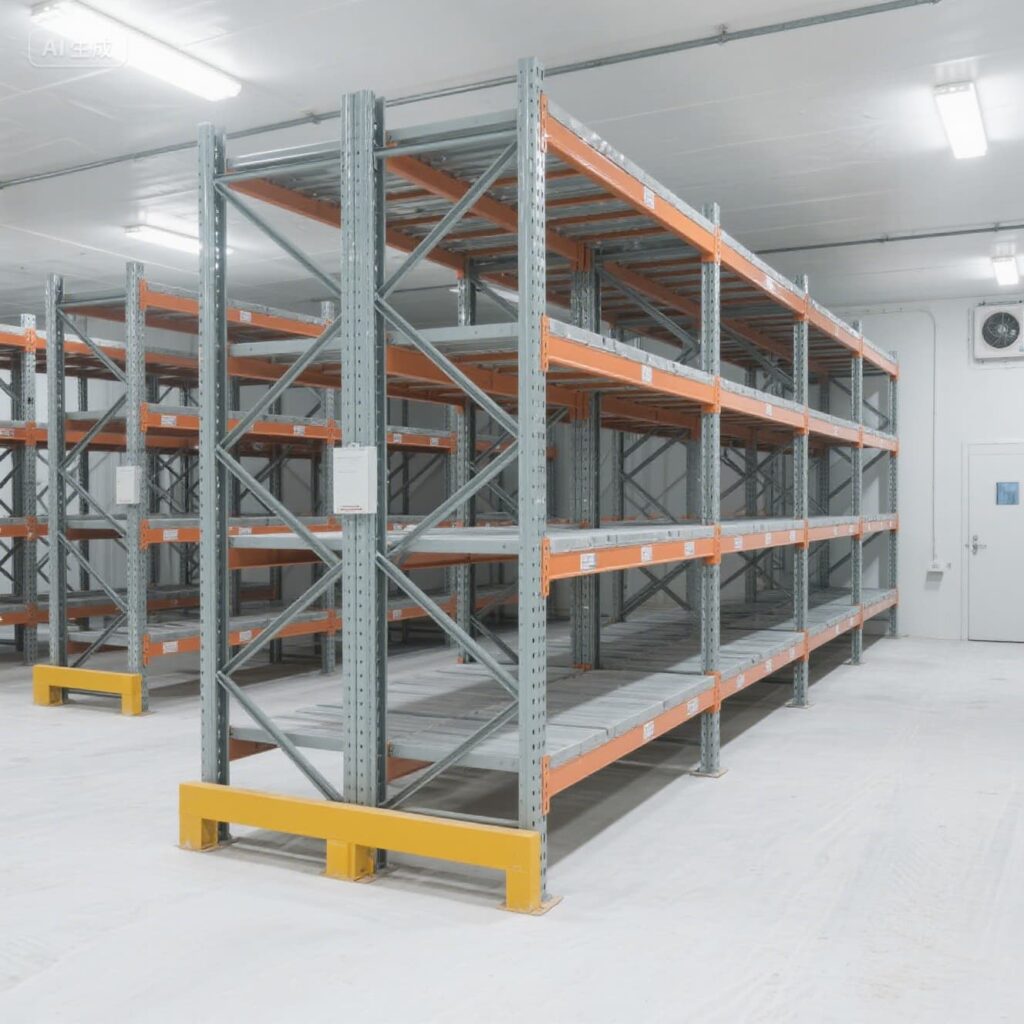

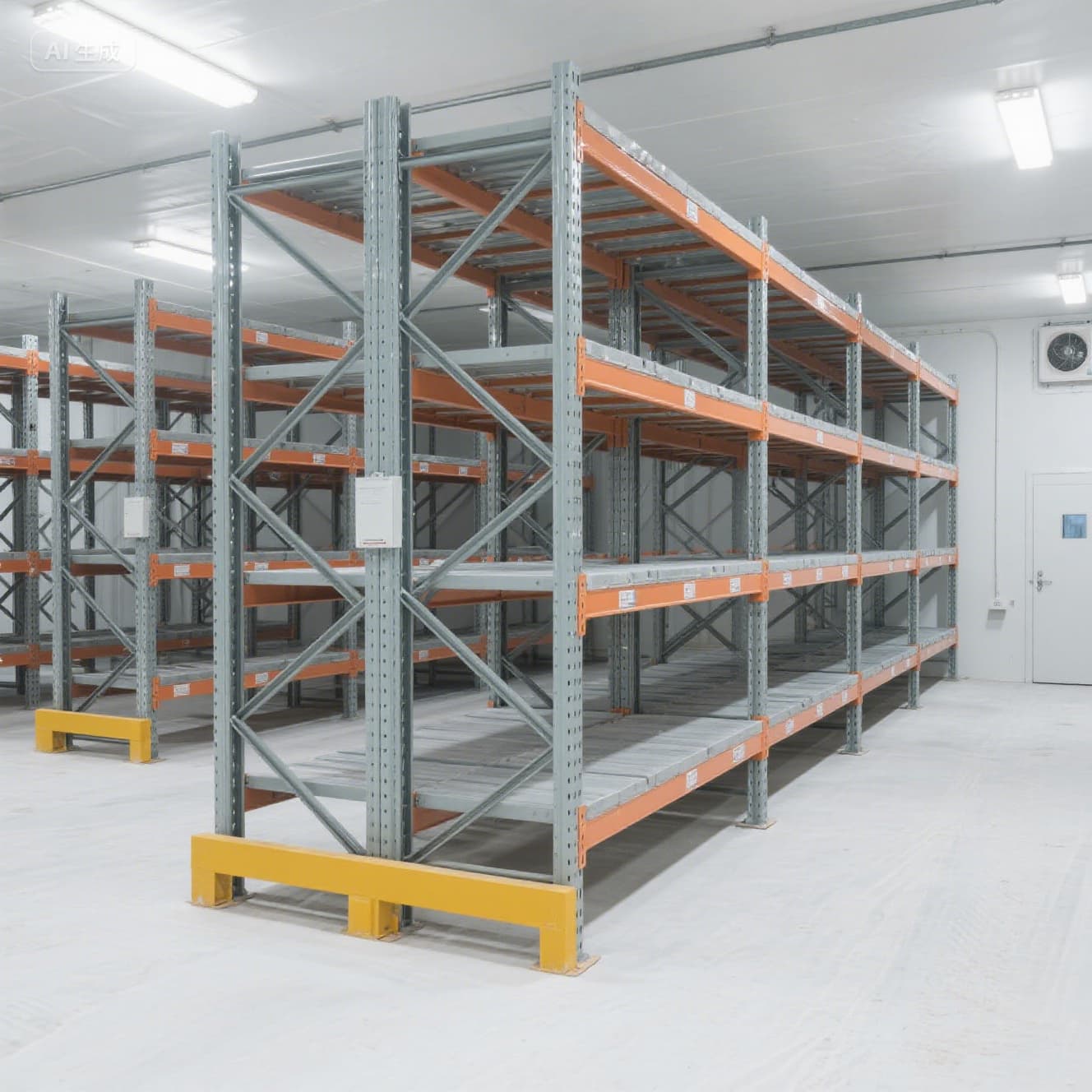
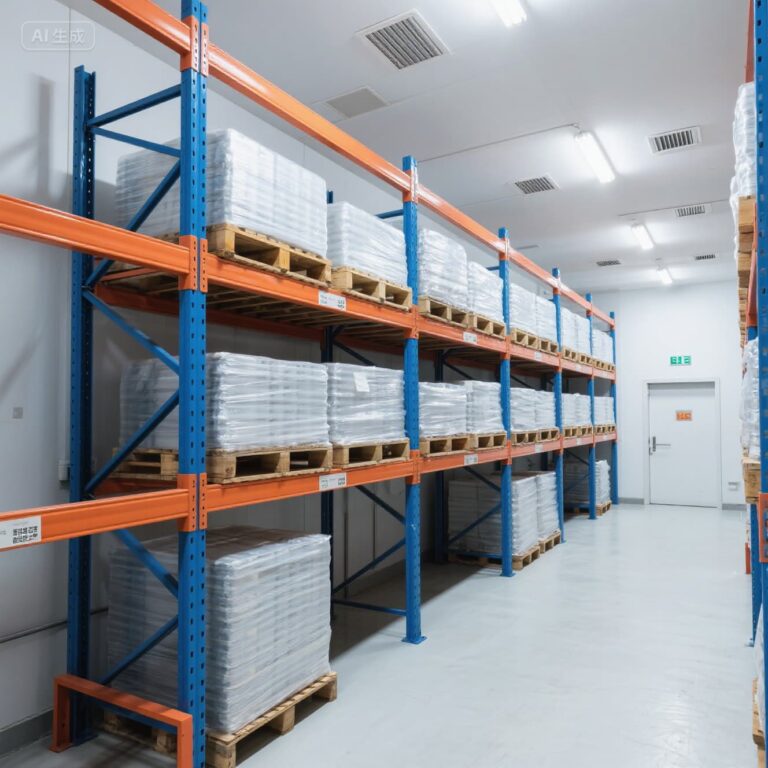
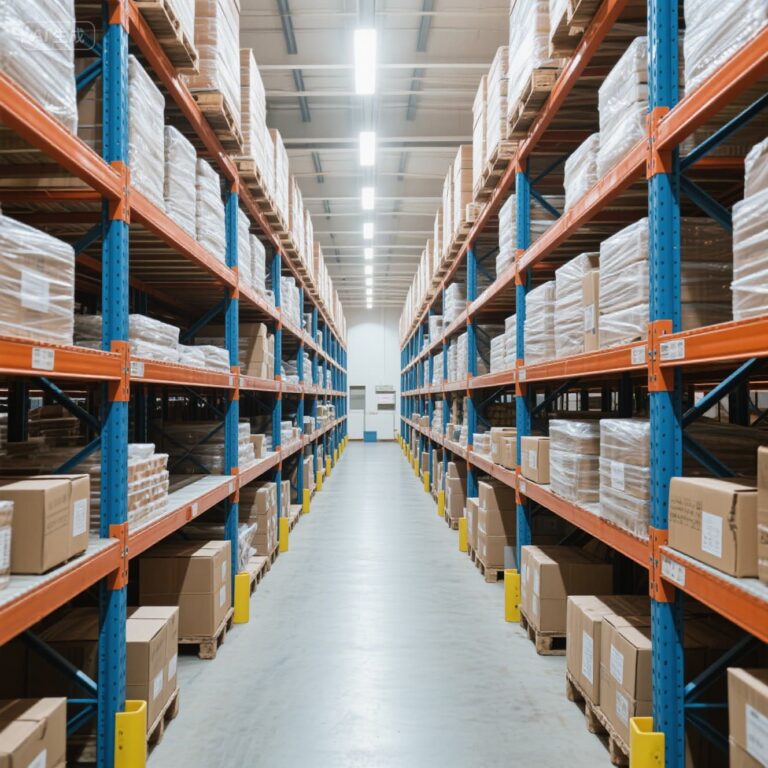
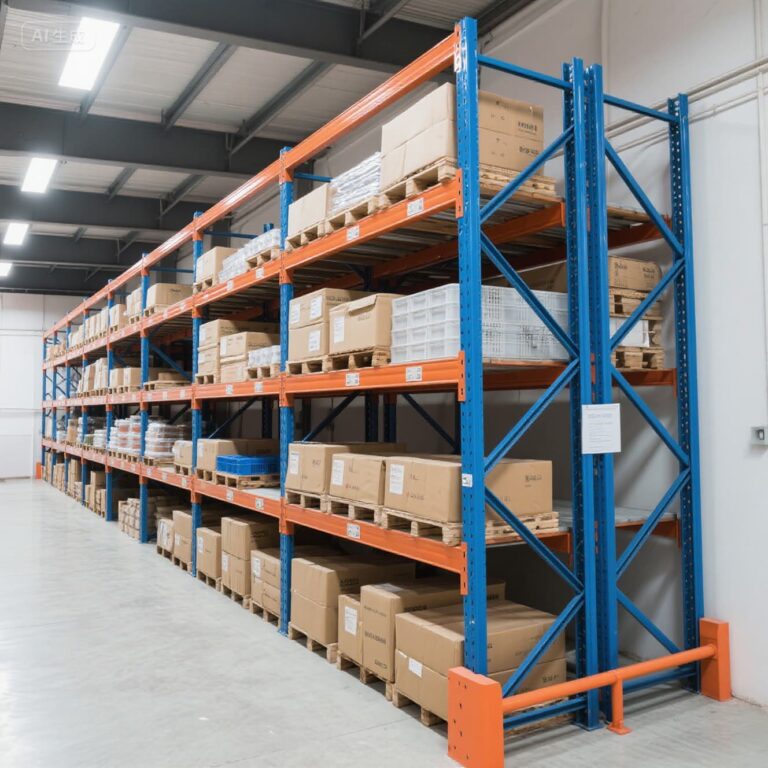
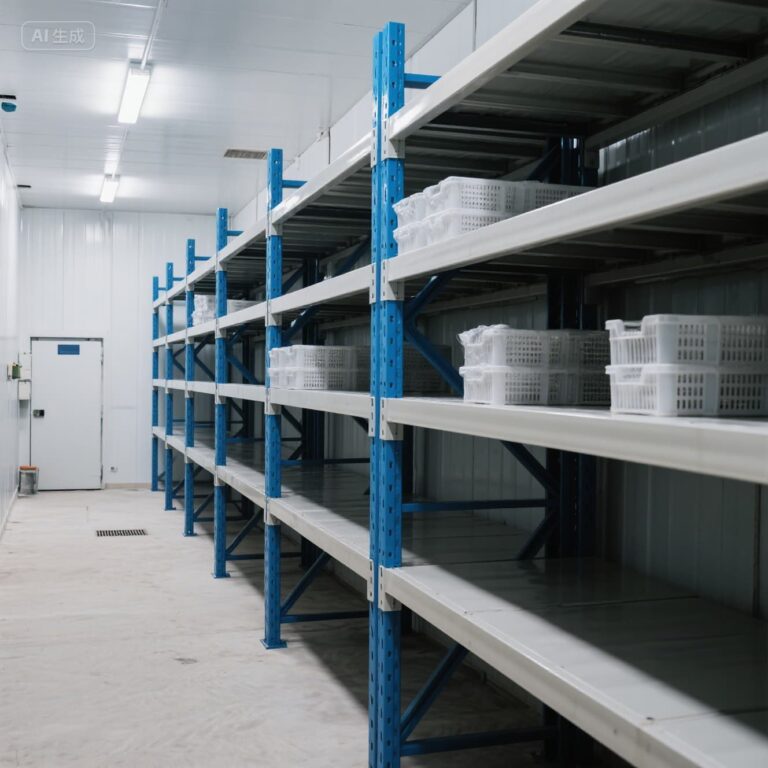
perfect well!